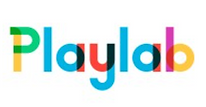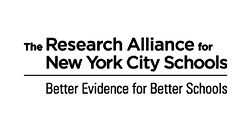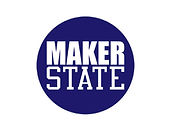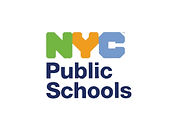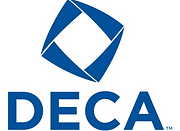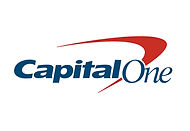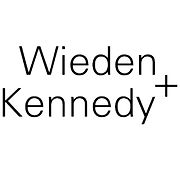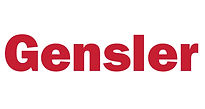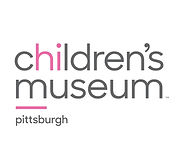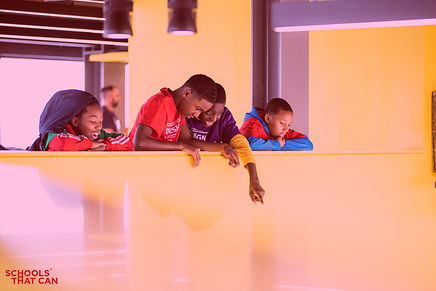
WHO WE ARE
About Schools That Can
Schools That Can is a national not-for-profit network of K-12 schools providing culturally relevant, youth-centered, career-connected programming that helps schools meet student needs. We do this through our award-winning e2e (education to employment) Career Readiness Curriculum, collaborating directly with schools to make this programming accessible to every student. Our mission is for all students to graduate with career skills, credentials, and confidence to pursue fulfilling postsecondary plans.
At STC's inception, our work focused on real-world learning, including the creation of the Real-World Learning Rubric. Created in 2017, this pioneering document served as a guide to help K-12 schools reflect, set goals, and drive improvements around learning that is relevant, authentic, hands-on, and connects students to the real world. Since then, STC has furthered and deepened our work in collaborating with schools to bring career-connected programming to students.
Inside STC's Work
STC Milestones

2006
STC Launches as a network of cross-sector K-12 schools to share best practices.
2011
Reached 115 schools in STC Network.
2014
Held 10th National Forum in NYC with speakers including Angela Duckworth, Nancy Cantor, Senator Gillibrand, Geoffrey Canada.
2013
Held our 9th national Forum in Newark honoring Cory Booker.
2018
Reached 218 schools in STC Network. Awarded NSF grant to study STEM methodologies in early grades. Held our national Forum in Pittsburgh honoring Bill Demchak, CEO, PNC Financial and actor Billy Porter.
2019
Partnered with the Obama Foundation on our Design Challenge, and celebrated our 6th year of collaboration with RFK Human Rights to recognize leaders with the RFK Education Awards. Held our national Forum in Chicago honoring John Rogers, CEO.
2020
Launched the pilot of Career Readiness Program for 200 students, and held our 15th annual National Forum.
2021
Grew program to reach 1,700 students in the pandemic, with 90 hours of curriculum. Held our first virtual Forum
2022
Grew programs to reach 3,600 students with 125 hours of curriculum. As a result, STC was awarded a contract by Newark DOE to reach 20% of high school students in Newark.
2024
In partnership with South Bronx Community Charter School, Schools That Can was recognized by the U.S. Board of Education in July, 2024 as a finalist-winner of the prestigious Career Z Challenge.
2023
Launched our first English Language Learning class in Newark that led to the development of a unique ELL rubric.
Heading 3
Our Partners
In addition to working with K-12 schools, Schools That Can collaborates with innovators, industry leaders, entrepreneurs, and other nonprofits to support our programs and offer new initiatives. We're grateful for the generosity of our partners throughout the years who volunteer with students, share their expertise, or support STC's work.



